


Books in series

Reading Akkadian Prayers and Hymns
An Introduction
2011

Constructs of Prophecy in the Former and Latter Prophets and Other Texts
2011

The Forgotten Kingdom
The Archaeology and History of Northern Israel
2013

Deuteronomy-Kings as Emerging Authoritative Books
A Conversation
2014

Divination, Politics, and Ancient Near Eastern Empires
2014

Israel and the Assyrians
Deuteronomy, the Succession Treaty of Esarhaddon, and the Nature of Subversion
2014

Disembodied Souls
The Nefesh in Israel and Kindred Spirits in the Ancient Near East, with an Appendix on the Katumuwa Inscription
2015

Epigraphy, Philology, and the Hebrew Bible
2015

Political Memory in and after the Persian Empire
2015

Priests and Cults in the Book of the Twelve (Ancient Near East Monographs)
1989

Mapping Ezekiels Oracles against the Nations
2016

Household and Family Religion in Persian-Period Judah
An Archaeological Approach (José E. Balcells Gallarreta)
2017

Reflections of Empire in Isaiah 1-39
Responses to Assyrian Ideology
2017
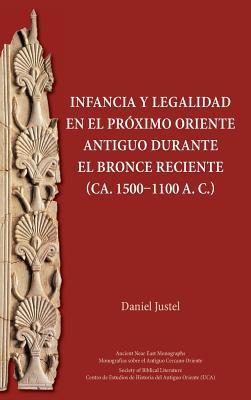
Infancia y legalidad en el Próximo Oriente antiguo durante el Bronce Reciente
2018
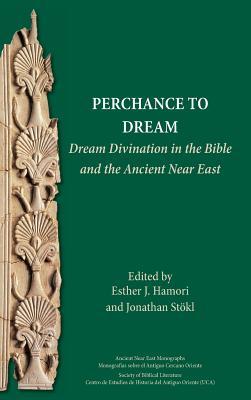
Perchance to Dream
Dream Divination in the Bible and the Ancient Near East
2018
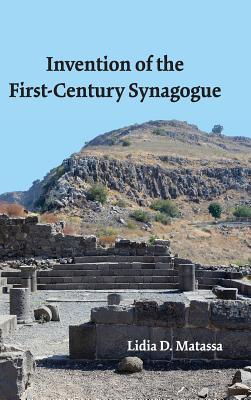
Invention of the First-Century Synagogue
2018
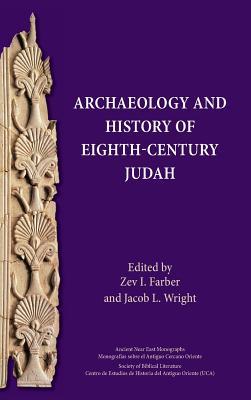
Archaeology and History of Eighth-Century Judah
2018
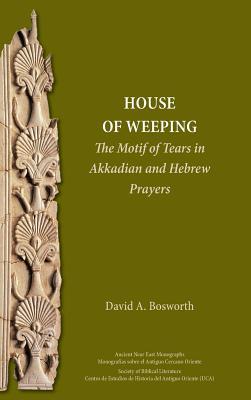
A House of Weeping
The Motif of Tears in Akkadian and Hebrew Prayers
2018
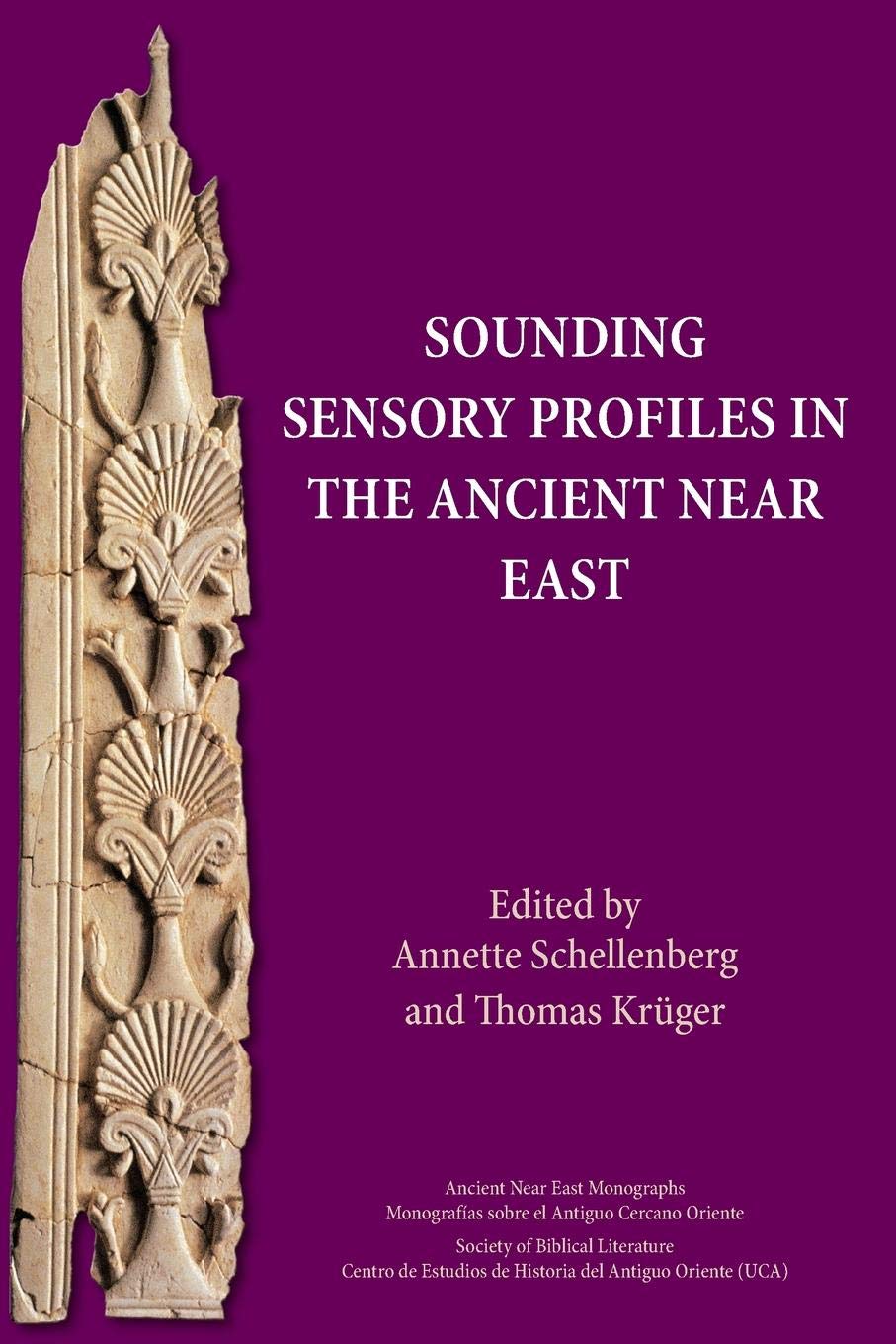
Sounding Sensory Profiles in the Ancient Near East
2019
Authors
Lecturer in Hebrew Bible in the Department of Theology and Religious Studies at the University of Nottingham in the United Kingdom. She is the author of The Making of Israel: Cultural Diversity in the Southern Levant and the Formation of Ethnic Identity in Deuteronomy (Brill, 2014).

Thomas Krüger, geboren 1962 in Ostwestfalen, arbeitete zunächst als Journalist für Tageszeitungen und Magazine. Heute ist er Hörbuch- und Kinderbuchverleger, Autor von Kinderbüchern (Jo Raketen-Po) und zahllosen Sonetten – u.a. an Donald Duck. Mit Erwin, Mord & Ente legt er seinen ersten Krimi vor und betritt mit der Figur der »Ermittlungsente« Lothar völlig neues Terrain. Thomas Krüger lebt mit seiner Familie in Bergisch Gladbach bei Köln. Librarian Note: There is more than one author in the Goodreads database with this name.
Librarian Note: There is more than one author in the Goodreads database with this name. Hello! I am Lydia. 🙂 Malaysia was my birth country, but then I immigrated to Australia when I was 15. Having completed a Student Exchange Programme at RIS of the Hebrew University of Jerusalem in Israel (Fall Semester 2008), I earned a B. A. (Honours) in Biblical Studies and Classical Hebrew at the University of Sydney in Australia (2009). The defense of my doctoral dissertation, which is on the oracles against the nations in Ezekiel 25-32, took place in the Department of Ancient Near Eastern Studies at Georg-August-Universität Göttingen in Germany (2014). My marriage to my lovely husband from China in 2015 has marked a new chapter of my life! ♥ Between 2016 and 2018, I worked as a postdoctoral research fellow at the North-West University (Potchefstroom Campus) in South Africa. Since October 2018, I have served as a Golda Meir Postdoctoral Fellow at the Hebrew University of Jerusalem in Israel. "Mapping Judah's Fate in Ezekiel's Oracles against the Nations" is my first and most recent book. Happy reading!